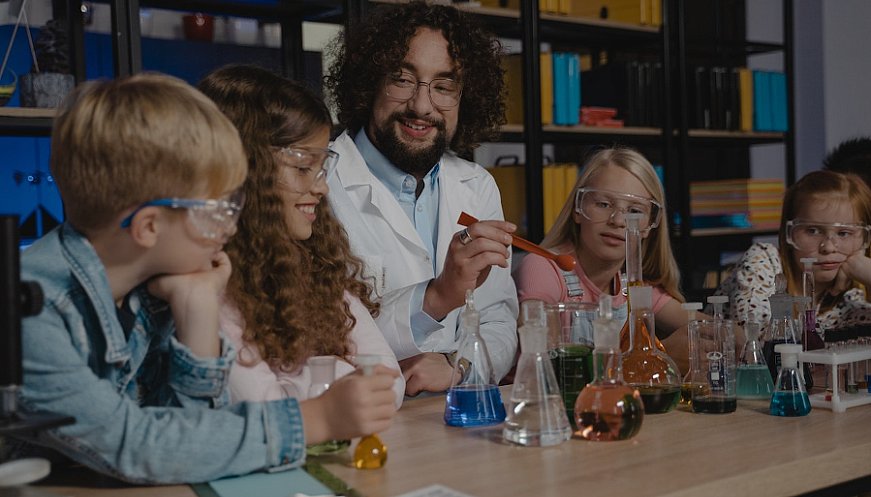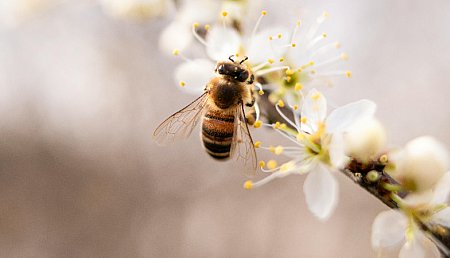 Photo: Tima Miroshnichenko | Pexels
Photo: Tima Miroshnichenko | Pexels
Since herpetologist Greg Pauly saw a lizard hit by a car and began to wonder what else might be lurking in Los Angeles back gardens, he has been a fan of crowd science. Using the natural-history app iNaturalist, his 9,000-plus contributors have made more than 60,000 reptile sightings, allowing him to identify and eradicate an invasive species, observe rare alligator-lizard matings and publish papers. With the right protocols and checks and balances, the quality of volunteer-gathered data often rivals or surpasses that achieved by professionals. There are three ways to approach a community-science project, says Rosy Mondardini of the Citizen Science Center Zurich. One is contributory: scientists design the experiment and then ask volunteers to help. Other studies are collaborative, with researchers determining the question at hand and other people helping to spread the word or analyse data. Co-creation, in which members of the community work together with scientists from the start, is gaining in popularity.
More:














